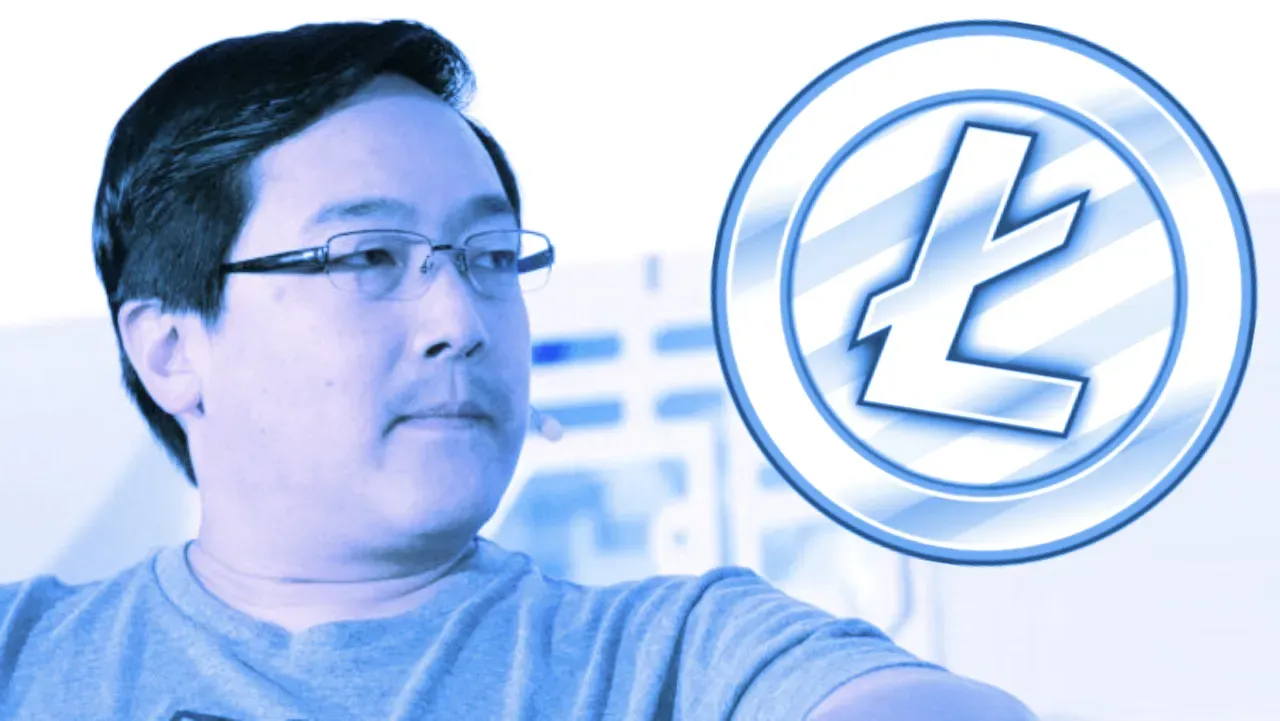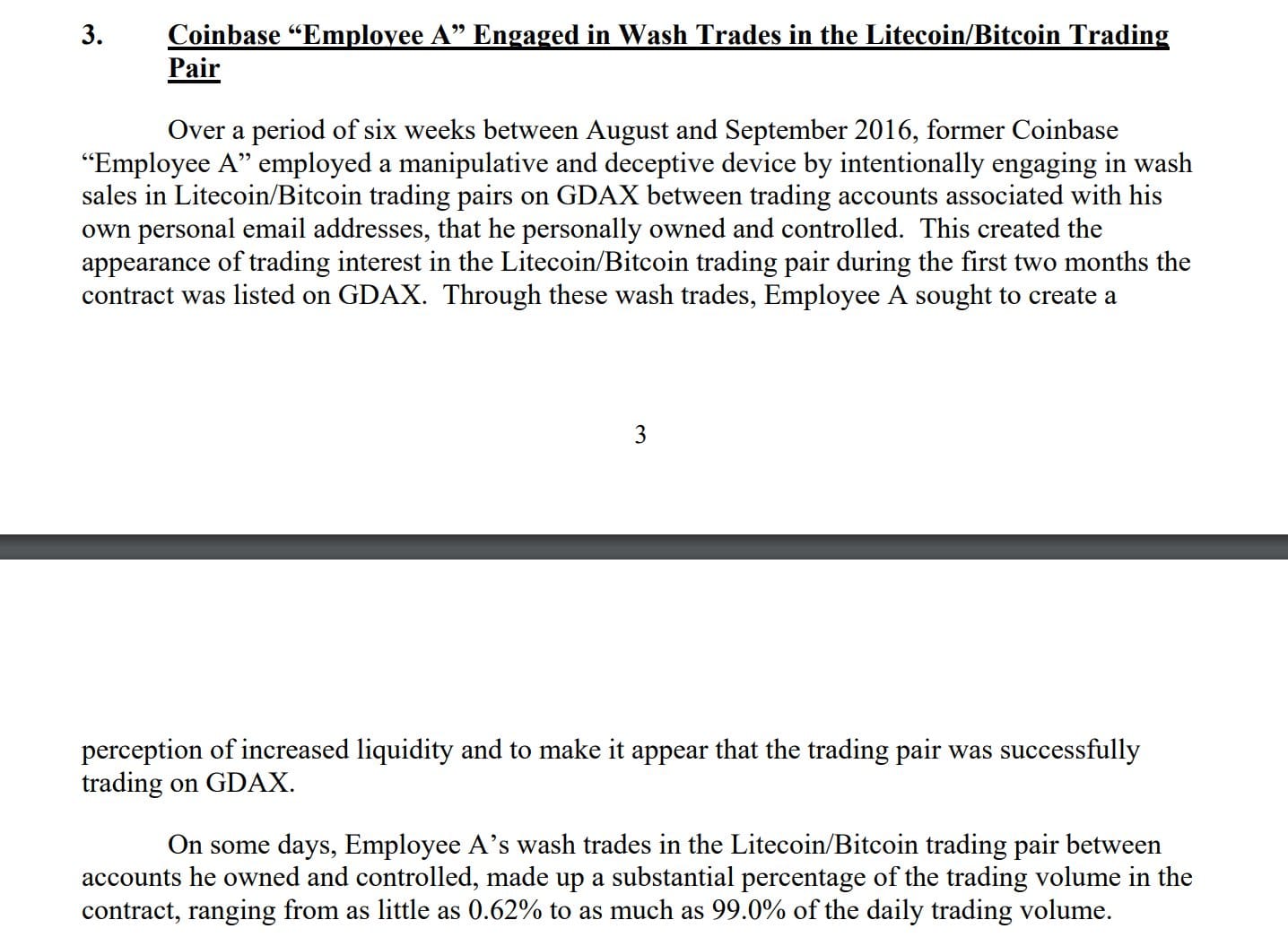Litecoin’s Early Days Under Charlie Lee and Wash Trading Allegations

Litecoin (LTC), launched on October 7, 2011, by former Google engineer Charlie Lee, emerged as a prominent altcoin designed to complement Bitcoin. Forked from Bitcoin’s codebase, Litecoin aimed to address slower transaction times and mining centralization by introducing a 2.5-minute block time, an 84 million coin supply cap, and the Scrypt algorithm to favor CPU and GPU mining over specialized hardware. Lee, an MIT-educated computer scientist, positioned Litecoin as the “silver to Bitcoin’s gold,” focusing on everyday transactions. The project’s launch, with 150 pre-mined coins for testing and open-source code, garnered a modest but dedicated following among miners and traders on early exchanges like BTC-e.
By 2013, Litecoin had secured a spot among top altcoins, though it faced challenges like low liquidity and competition from other Bitcoin forks. Its community remained small, with minimal activity on platforms like Reddit’s r/litecoin until around 2017. Lee’s tenure at Coinbase, starting in 2013 as Director of Engineering, coincided with Litecoin’s growing visibility, but his dual role later sparked conflict-of-interest concerns. Allegations of wash trading, artificially inflating trading volume to simulate demand, have shadowed Litecoin’s history, particularly around its 2016 and 2017 Coinbase listings, raising questions about market manipulation in its early years.
Stay In The Loop and Never Miss Important Crypto News
Sign up and be the first to know when we publishLitecoin Wash Trading Claims and Coinbase Controversies
Suspicions of manipulated trading volume surfaced as early as Litecoin’s trading days on exchanges like BTC-e, Bitfinex, and OKCoin. Critics, including whistleblowers and bloggers, pointed to BTC-e’s reputation for lax oversight and alleged that Litecoin’s reported volumes were inflated to exaggerate liquidity. A 2018 blog post described Litecoin’s pre-Coinbase community as largely inactive, with onchain transactions limited mostly to mining rewards, suggesting that exchange volumes were artificially boosted to attract larger platforms. Social media discussions on Reddit and X (formerly Twitter) between 2017 and 2018 amplified these claims, with many users accusing Lee of orchestrating bot-driven trades, though no concrete evidence directly tied him to these activities.
In August 2016, Litecoin was listed on GDAX (later renamed to Coinbase Pro exchange), which marked a turning point, driving its price from $4 to over $50 by year-end. Allegations of insider influence emerged, accusing Lee of leveraging his Coinbase role to secure the listing while holding significant Litecoin holdings. The allegations highlighted irregular trading spikes before the announcement and a public Twitter exchange between Lee and Coinbase CEO Brian Armstrong, suggesting prior knowledge of the listing. Additionally, a former Coinbase employee was later implicated in intentional wash trading on the LTC/BTC pair during August-September 2016, as revealed in a 2021 CFTC settlement, further highlighting Lee’s involvement due to his position and Litecoin’s prominence.

The 2017 retail Coinbase exchange listing (separate from GDAX) further intensified scrutiny, as Litecoin’s price soared from $30 to over $300 by December. Lee’s departure from Coinbase in June 2017, followed by his sale of all Litecoin holdings that December, drew accusations of a “pump and dump.” Critics pointed to promotional media appearances and misleading claims, like Litecoin’s supposed acceptance by Steam, as inflating prices before his exit. Lee defended his actions on Reddit, arguing that selling his holdings eliminated conflicts of interest and that his Coinbase pitches were based on Litecoin’s strong trading volume, not personal gain.
The 2021 CFTC settlement with Coinbase, which imposed a $6.5 million fine for misleading reporting and wash trading between 2015 and 2018, added more fuel to the allegations. The settlement highlighted specifically that a former employee’s wash trades on the LTC/BTC pair in 2016, though it did not name Lee or pursue individual charges. Speculation from bloggers like Amy Castor and various X posts linked Lee to these trades, given the timing and his role at Coinbase, but no official confirmation or charges emerged. Lee has not directly addressed the CFTC case, while Coinbase noted it self-reported the issues and cooperated fully.
Litecoin’s early history reflects the chaotic, unregulated nature of the crypto markets in the early days, where wash trading was so widespread, so much so that it became commonplace for aggregators like CoinMarketCap, CoinGecko, and others to differentiate between crypto exchanges with open trading books to report trusted trading volume and those with self-reported to report untrusted trading volume.
Despite these challenges, Litecoin has endured, implementing upgrades like MimbleWimble for enhanced privacy in 2022. However, its price has struggled to reclaim 2017 highs, and allegations of manipulation continue to resurface, with recent social media posts revisiting claims about Lee’s early mining and sales. Charlie Lee remains a central figure, leading the Litecoin Foundation and denying accusations of market manipulation, while no criminal charges have been filed against him.

